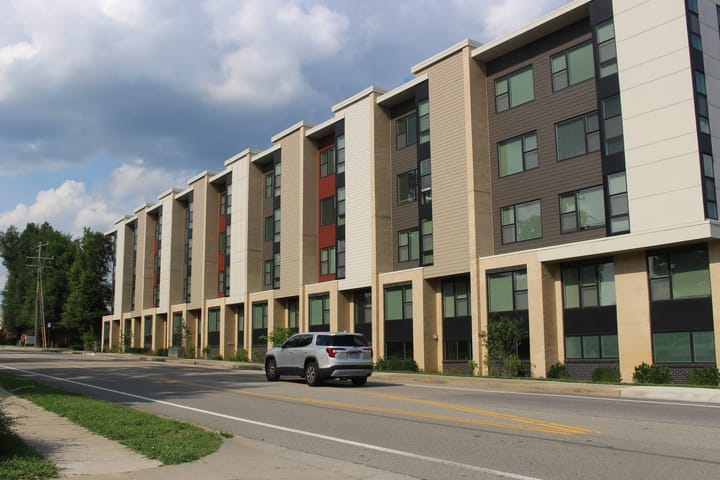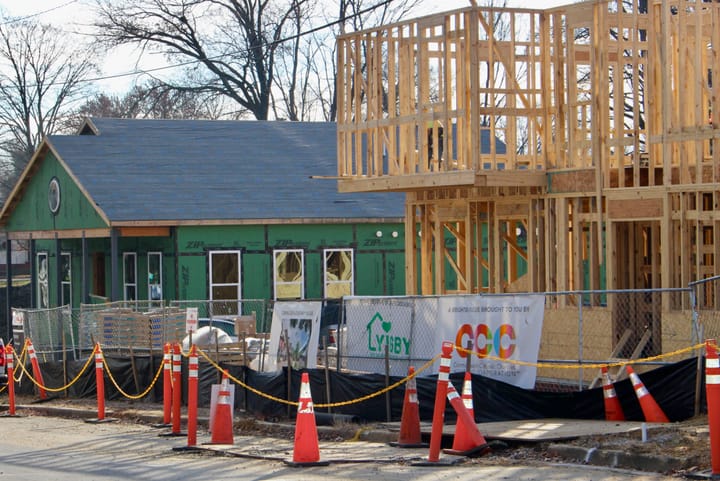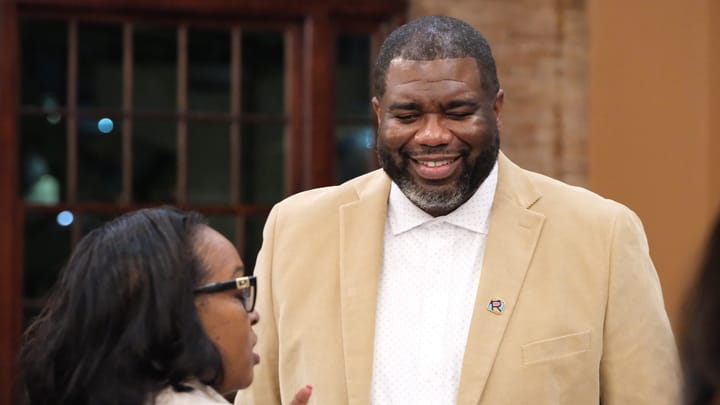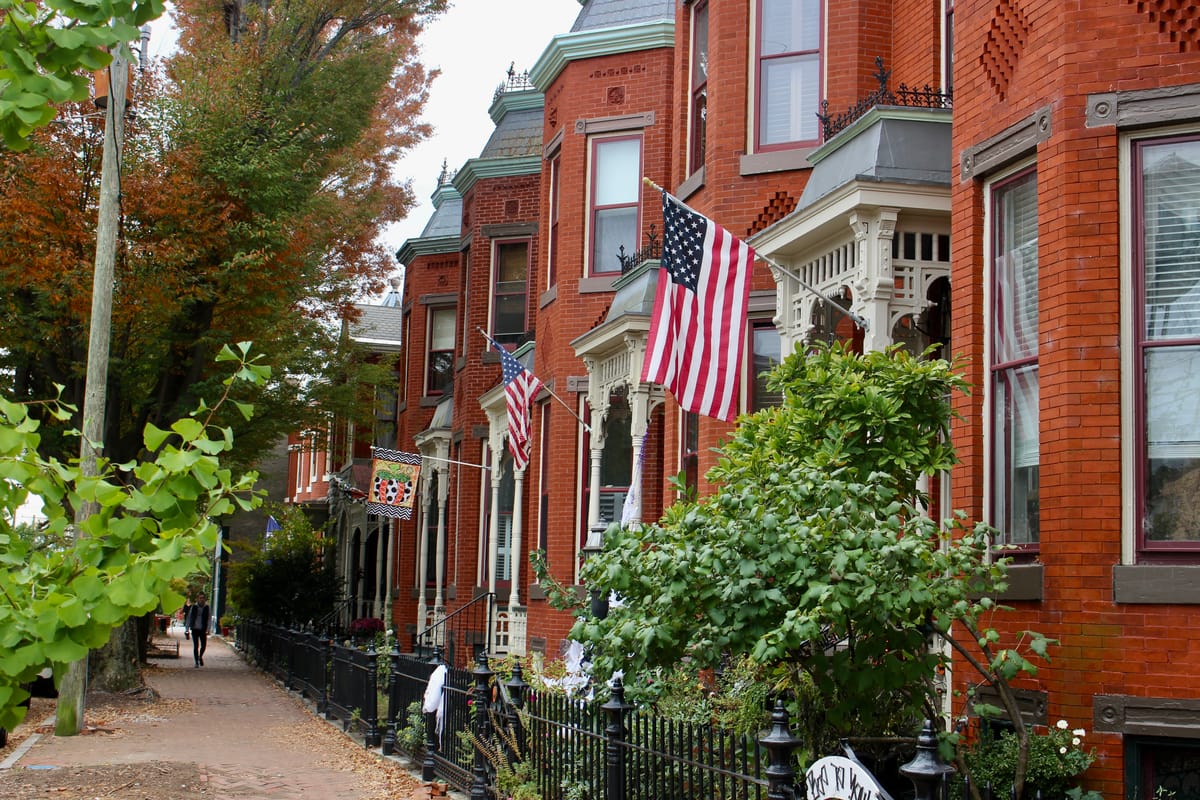
Citywide cultural heritage plan returns, modified to address fears about stifling housing development
A new version of Richmond’s proposed Cultural Heritage Stewardship Plan is headed back to the Planning Commission, restarting the approval process for a document many residents see as a critical roadmap for how the city can preserve its historic resources even as it embarks on a sweeping zoning overhaul.
On Wednesday, a three-person subcommittee made up of Planning Commissioners Dakia Knight, Rebecca Rowe and Brian White signed off on the latest draft, a move that will put it back in front of the full body sometime this November.
Much of the new plan, which is geared toward identifying and preserving historically and culturally significant buildings, neighborhoods and sites around Richmond, remains the same as the original.
Key passages, however, have been revised in an effort to address concerns that the plan’s recommendations could stifle housing development amid an affordability crisis and strain the city’s finances.
Those worries caused the Planning Commission to pause the plan’s progress this May and convene the smaller panel to try to come up with a version more palatable to the full body.
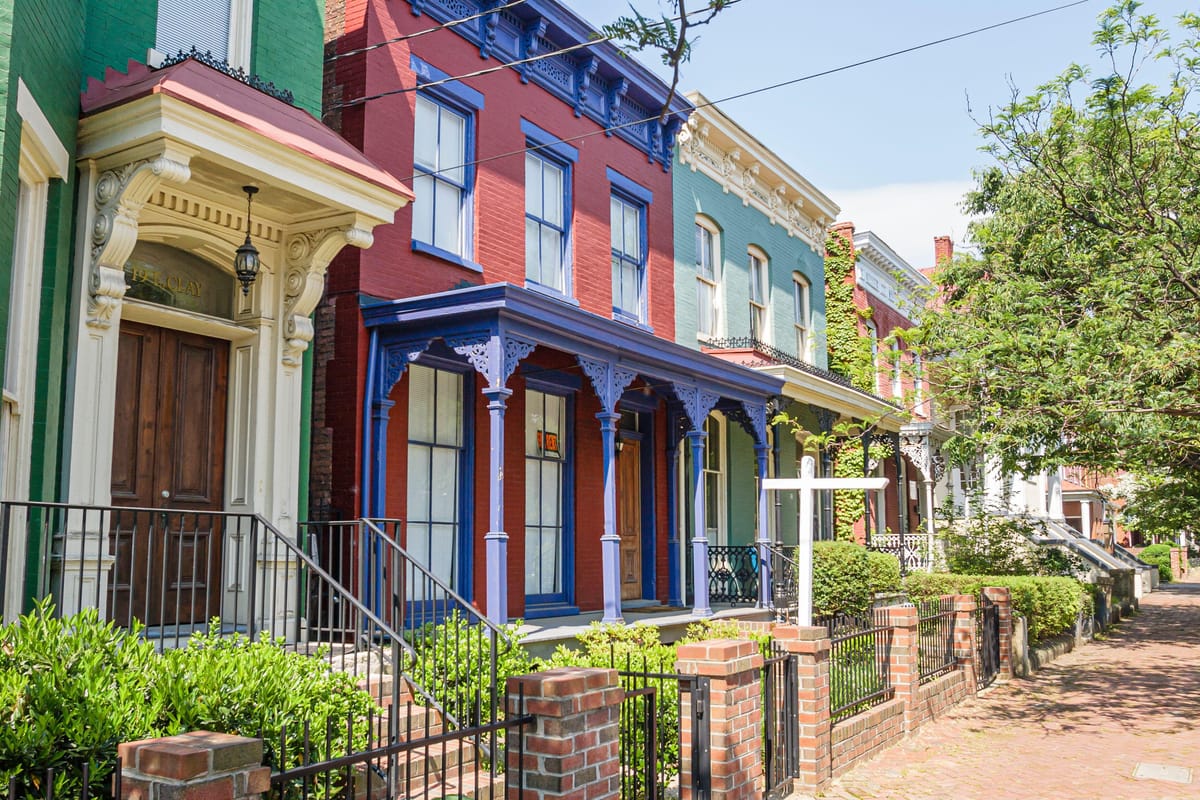
Instead of calling for Richmond to “revise and reinstate” a real estate tax abatement program discontinued in 2020, the newest draft recommends the city “analyze and evaluate” its abatement and tax assessment policies. Rather than ordering the creation of new “cultural heritage districts,” it suggests only that the city consider doing so. Other language has been added directing the city to “analyze financial viability and administrative capacity” prior to taking any major steps.
And one passage declaring that “alternative strategies” like accessory dwelling units could achieve the same increase in housing units as denser development has been replaced with language that “the severity of the housing crisis necessitates a multiple strategy approach.”
‘Frustration from the preservation community’
For many residents who had been involved with the crafting of the document, the decision to send the Stewardship Plan to a subcommittee rather than forwarding it onto City Council for final approval was seen as an affront, particularly because the commission failed to hold a public hearing on the issue during the May meeting that led to the delay.
“If you hear frustration from the preservation community, it’s because we spent months working and working with professionals, with communities, with advocates and community activists to develop the plan that came before you,” Carver resident and retired city planner Jim Hill told the smaller panel at a meeting this August. “There were 70 people there who were ready to express their enthusiasm and answer your questions, and we were not given that opportunity.”
Lexi Cleveland, a public historian, told the body that “to have people come out for a public comment period and not be allowed to publicly comment is not something that should be taken lightly.”
Many of the plan’s supporters have argued that concerns about its impacts are overblown. While the document lays out a path for preservation of the city’s resources, it has no binding power, they point out: Any specific policy change or commitment of funds will require a separate City Council vote.
“I’m not going to try to insult anybody’s intelligence, but I’m kind of confused as to why there’s an appearance of being deliberately obtuse with this plan,” Union Hill resident Nancy Lampert, who served on the plan’s advisory committee, said this September.
“It was mandated in the Richmond 300 and there’s no monetary ties to it,” she continued. “It’s not going to affect the budget. It is a guideline. It’s a recognition of what makes Richmond Richmond culturally.”
But other residents criticized the plan as an effort to cramp neighborhoods’ evolution by defining them in terms of their historical “character” and regulating further growth through new rules.
“I would advocate against really tightly controlling what the identity of a neighborhood is,” said Maymont resident Barry O’Keefe at last week’s meeting.
Particularly concerning for those wary of the plan were the possibility of expanded Old and Historic Districts — a designation that must get the support of more than half of a community but can place significant restrictions on buildings within their boundaries — or new types of preservation districts.
“What often looks like preservation on paper translates into higher costs for basic upkeep, stricter protocols for even smaller repairs and just a lot of red tape,” said one individual who identified himself as a renter named William during a September meeting.
Affordability impacts
The most pressing issue for the panel, however, was the potential impact the Stewardship Plan’s recommendations could have on housing production and affordability.
“Some of the preservation items aren’t always compatible with affordability items,” said Greta Harris, president and CEO of the Better Housing Coalition, a nonprofit that produces affordable housing in Richmond. (Harris is a Richmonder board member.)
Since the COVID-19 pandemic, the Better Housing Coalition has seen the typical cost of building an affordable unit in the city rise from $175,000 to more than $300,000, she noted.
“Anything that may impede our ability to deliver quality housing options quicker and more economically, I just think we need to be careful that we don’t have unintended consequences,” she told the panel.
Similar concerns peppered an eight-page August memo from Richmond’s Department of Housing and Community Development, which said it hadn’t been included in the creation of the initial plan.
“We are concerned about the unintended consequences,” Department Director Merrick Malone told the subcommittee this September. “Anything that creates additional regulatory burden or impediments to our ability to produce and preserve affordable housing in terms of this crisis is a problem.”
Since then, Malone said the recent changes to the plan have satisfied most of the department’s worries, and Mayor Danny Avula’s administration is backing one City Council proposal drawn from the Stewardship Plan to increase penalties for unauthorized demolitions in historic districts.
Others were more skeptical about the connection being drawn between preservation and affordability.
“I don’t think it’s a zero-sum game,” said Cleveland.
Contact Reporter Sarah Vogelsong at svogelsong@richmonder.org
The Richmonder is powered by your donations. For just $9.99 a month, you can join the 1,200+ donors who are keeping quality local news alive in Richmond.



